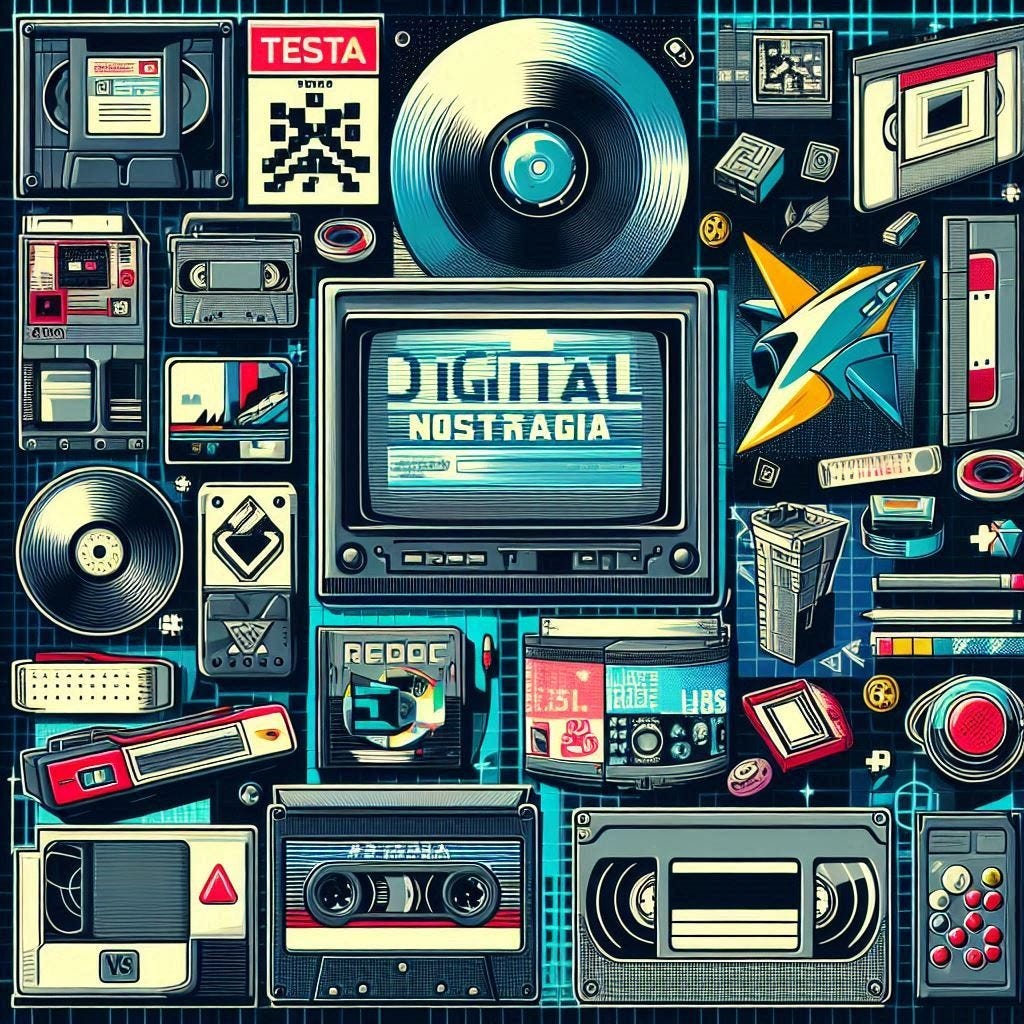Turn Randomness Into Trends
Plus, 📺Vintage Charm in the Digital Era
Hey Readers 🥰
Welcome to today's edition, bringing the latest growth stories fresh to your inbox.
If your pal sent this to you, then subscribe to be the savviest marketer in the room😉
🧩 The Clustering Illusion
Insights from Stacked Marketer
Ever flip a coin and get heads multiple times in a row? You might start believing the next flip will be heads too. This is the Clustering Illusion at play.
What is the Clustering Illusion?
The Clustering Illusion is a cognitive bias where we see patterns in random events. Psychologists Daniel Kahneman and Amos Tversky identified this as a cognitive shortcut, where our brains assume a small sample is representative of the whole. This illusion can influence decisions in everyday life, from stock market investments to seeing shapes in clouds.
1. Leveraging the Clustering Illusion
In Ads Fashioning Trends from Thin Air Fashion, lifestyle brands often create the illusion of trends by repeatedly promoting certain items until they appear popular. This creates urgency and a fear of missing out. For instance, Band-Aid’s campaign featuring the Hulk tapped into the Marvel trend, making their product seem trendy by association.
2. Visualizing Data to Create Patterns
Presenting data visually can make random information appear patterned and convincing. Ads that turn data into engaging visuals help reinforce the illusion of a trend. For example, Popchips used a clever graph made of chips to compare calorie counts, making the information more relatable and impactful.
3. Making Familiar Connections
People often create patterns from familiar information. Brands can leverage this by clustering data into relatable allegories. Friends of the Earth illustrated global warming using melting ice cream, turning a complex issue into something familiar and easy to understand.
The Takeaway
The Clustering Illusion can be a powerful tool in advertising when used ethically. Brands can craft compelling and memorable messages by creating perceived patterns, visualizing data, and making familiar connections. Just remember to use this cognitive bias responsibly to avoid misleading your audience.
🌟Reconnecting with the Past
In an age dominated by rapid technological advancements, digital nostalgia is emerging as a powerful trend. Brands that tap into the longing for simpler times can create deeply emotional and memorable experiences. Here’s how you can incorporate digital nostalgia into your marketing strategy.

1. Embracing Digital Nostalgia
Digital nostalgia leverages people's emotional connection with past eras, be it the 80s, 90s, or early 2000s. It’s not just about aesthetics but about invoking a sense of comfort and familiarity. Incorporating retro designs or classic sounds from old video games can instantly transport your audience back to their childhood.
2. Reviving Retro Formats
Reviving old media formats can create a unique blend of old and new. Think pixel art, VHS-style videos, or cassette tape graphics. This juxtaposition of outdated and cutting-edge can create a compelling user experience. A brand could use pixelated graphics for an online campaign to evoke the early days of computer gaming.
3. Sharing Personal Stories
Encourage your audience to share their nostalgic memories related to your product. User-generated content reflecting personal stories can create a powerful sense of community. For example, a candy brand might ask followers to share their childhood memories of enjoying the product.
4. Limited Edition Throwbacks
Introduce limited edition products with a retro twist. This could be vintage packaging, a throwback flavor, or a reimagined classic product. Limited editions capitalize on nostalgia while creating a sense of urgency and exclusivity.
The Takeaway
Digital nostalgia creates emotional connections and memorable experiences. By embracing nostalgia, reviving retro formats, sharing personal stories, and launching limited edition throwbacks, brands can connect with their audience on a deeper level. Ready to bring the past into the present? Start incorporating these elements into your marketing strategy today!
We'd love to hear your feedback on today's issue! Simply reply to this email and share your thoughts on how we can improve our content and format.
Have a great day, and we'll be back again with more such content 😍